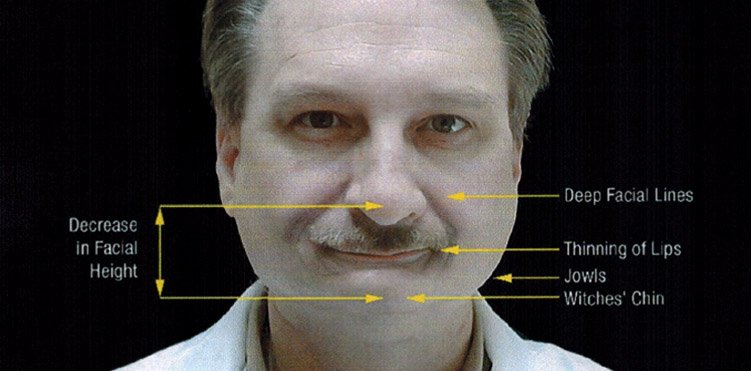The effects of tooth loss can be serious and impacting to our overall health. The goal of modern dentistry is to restore normal function, comfort, aesthetics, speech, and health to individuals who are missing teeth.
Given that our population is both aging and growing, an increasing number of people are being affected by the loss of teeth. However, the more teeth a person is missing, the more challenging this task can become. As a result of continued research in the development of diagnostic tools and innovative treatment, predictable success is now a reality in many challenging dental situations. This is a blessing, because tooth loss has some serious consequences — particularly for older people, who are more likely to be missing teeth.
The Unseen Effects of Tooth Loss
The most obvious effect of missing teeth is aesthetic. The way you look affects the way you feel, and the psychological and social consequences of tooth loss can also be profound, as we shall see. But it’s not just about unsightly gaps; there’s something less apparent going on in the area of a lost tooth that can affect function, health, facial aesthetics — just about everything.
Believe it or not, in the beginning and at the end — it’s not so much about teeth as it is about bone, which needs stimulation to maintain its form and density. In the case of alveolar (sac-like) bone which surrounds and supports teeth, the necessary stimulation comes from the teeth themselves. Teeth make hundreds of fleeting contacts with each other throughout the day. These small stresses are transmitted through the periodontal ligament (“peri” – around; “odont” – tooth) that suspends each tooth in its socket, prompting the bone to remodel and rebuild continually.
When a tooth is lost, the lack of stimulation causes loss of alveolar bone — its external width, then height, and ultimately bone volume. There is a 25% decrease in width of bone during the first year after tooth loss and an overall 4 millimeters decrease in height over the next few years.
As bone loses width, it loses height, then width and height again, and gum tissue also gradually decreases. Ability to chew and to speak can be impaired. The more teeth lost, the more function is lost. This leads to some particularly serious aesthetic and functional problems, particularly in completely edentulous (toothless) people.
And it doesn’t stop there. After alveolar bone is lost, the bone beneath it, basal bone — the jawbone proper — also begins to resorb (melt away). The distance from nose to chin decreases and with it, the lower third of the face partially collapses. The chin rotates forward and upward, and the cheeks, having lost tooth support, become hollow. Extreme loss of bone can also make an individual more prone to jaw fractures as its volume depletes more and more.
So-called bite collapse can occur when only some of the back teeth, which support the height (vertical dimension) of the face, are missing. This can cause the front teeth to be squashed or pushed forward. They were not designed to support facial height or to chew food — only to hold and incise or tear it. Toothless people appear unhappy when their mouths are at rest because their lips, too, have sagged; unsupported by teeth and gum tissues they just cave in. Without teeth present, the tongue spreads into the space and the face collapses. The same is true of self-confidence.
